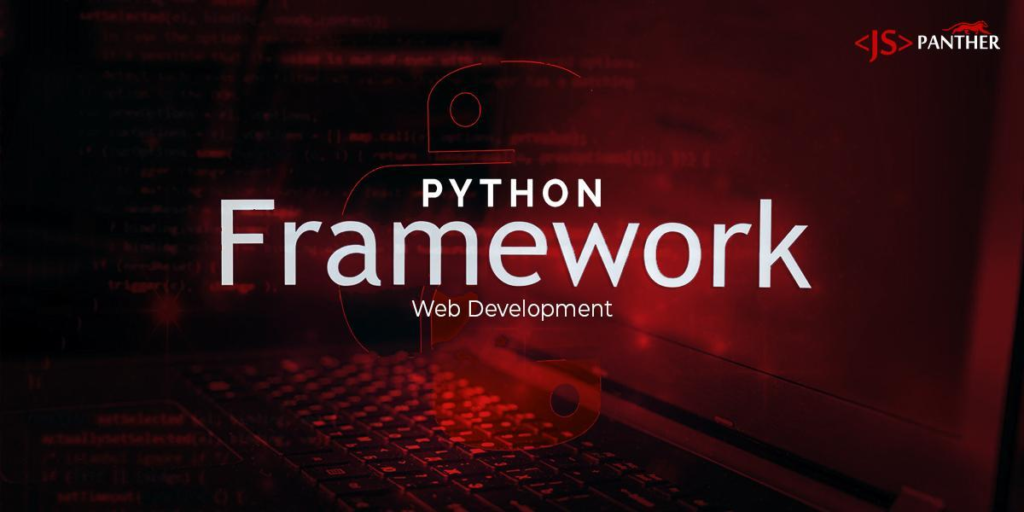Successful meetings rely on participative action, which means that everyone present must give and receive. With judicious planning, facilitators can turn mundane meetings into vibrant, interactive sessions.
Clear Agendas and Pre‑Meeting Preparation
A really well‑organized agenda is the foundation for effective engagement. Before arranging, send a detailed outline emphasizing purpose, major discussion topics and allotted times for discussion topics. Request review and advance notice for materials, as well as the submission of questions or suggestions, from participants. Setting context enables participants to prepare, eliminating off‑topic digressions and building confidence to contribute thoughts. It’s a good idea to delegate tasks, such as brief research, data gathering, or writing proposals, to assign ownership for outcomes. If participants know and understand what’s expected and what they have to contribute, they’ll be more likely to voice opinions and offer insight. Having clear ground rules, such as the use of hand raises, comment limits, or assigning facilitators for part of the meeting, sets a context that everyone can work within. Preparing adequately, too, not only honors participants’ time but maximizes productivity, making the meeting more goal‑focused and action‑oriented. Following this practice over a period instills a culture in which meticulous preparation is expected and appreciated, further improving overall team productivity and morale.
Leveraging AI Tools
Integration of AI tools can make meeting workflows easier and enhance participation through efficient handling of admin tasks. Using the best AI notetaker for your meetings eliminates the drudgery of transcription for delegates, enabling them to devote themselves entirely to discussion and innovative problem-solving. AI‑powered meeting software captures speaker, action and key decision information in real‑time. Post‑session, the tools produce brief summary documents and send them to participants, fostering transparency and follow‑through. Some AI notetakers also organize output into task‑management systems, turning notes into delegable tasks and reminder entries on participants’ calendars. By removing human‑powered note‑taking, you enable participants to be more invested, trusting that the output of the discussion has been properly recorded and is now available to them. With the role analysis possibilities opened up by AI, recurring themes, sentiment changes and participation trends can be highlighted and data‑driven insights are presented to the facilitators to help them make adjustments for meeting design and overall effectiveness.
Interactive Facilitation
Beyond one-way presentation, it is also really necessary to use interactive facilitation strategies, like real-time polls, breakout discussions and scenario-based exercises, in order to break tedium and stimulate varying types of thinking. For instance, utilize rapid pulse surveys at the beginning to get feedback and then adjust the flow accordingly. In brainstorming, utilize strategies like round-robin discussion or “silent” writing on virtual whiteboards to provide an opportunity for less vocal members to contribute. Rotating assignments, like timekeeping, taking notes, or devil’s advocate, share the responsibility and avoid one member dominating. Even basic icebreakers can foster collaboration and reduce barriers to speaking out. By integrating these strategies into your plan, you encourage everyone to shift from listening to contributing, providing an enriched reservoir of ideas and solutions. Additionally, integrating periodic energizing activities, like rapid stretching or two-minute fun quizzes, can revive focus, fight against tiredness and enhance a positive, interactive environment within lengthy meetings.
Encouraging Safety and Open Communication
Authentic participation thrives when participants feel free to speak up without facing criticism or ridicule. Growing psychological safety starts by modeling vulnerability on the part of the leader, acknowledging uncertainty, asking for feedback and acknowledging errors. Engage diverse perspectives by actively asking quieter participants for their input and acknowledge the contribution, even when it needs to be developed, with positive phrasing. Set habits of mutual respect for debate: disagree on ideas, but never on the people. Respond and celebrate the contribution by acknowledging that every perspective has merit. As individuals feel secure that input won’t be severely judged, they’ll be more likely to suggest outside‑the‑box solutions, challenge hypotheses and pose possibilities. As the culture of open communication builds teamwork over time and engages everyone at every level, it becomes embedded through the incorporation of anonymous feedback systems and regular “retrospective” conversations.
Post‑Meeting Follow‑Ups
Sustaining participation goes beyond the meeting itself. Distribute clear, brief action plans summarizing assigned tasks, deadlines and decision rationale immediately after the meeting. Utilize collaborative spaces such as project boards or group chats to track progress, remind members about upcoming milestones and elicit asynchronous feedback. Arrange for brief check-in sessions or pulse surveys to monitor implementation issues and solicit improvement ideas. Publicly recognize completed work, keeping reinforcement going as part of an ongoing cycle of motivation and accountability. Review meeting effectiveness regularly: gather feedback from participants about clarity in agendas, facilitation practices and technological applications. Utilize this data to make adjustments for further sessions, showing employees that their input directly impacts meeting habits. By integrating follow-through features and improvement loops, you make certain that meetings are relevant, compelling and goal-aligned. With time, this ongoing commitment to improvement instills trust and ensures long-term participation benefits.
By designing transparent agendas, using interactive methods, utilizing AI note-taking, encouraging psychological safety, and preserving systematic follow‑ups, you create a setting that encourages employees to contribute actively and collaborate. These initiatives turn meetings from necessary check‑ins into effective drivers of innovation and group achievement.






